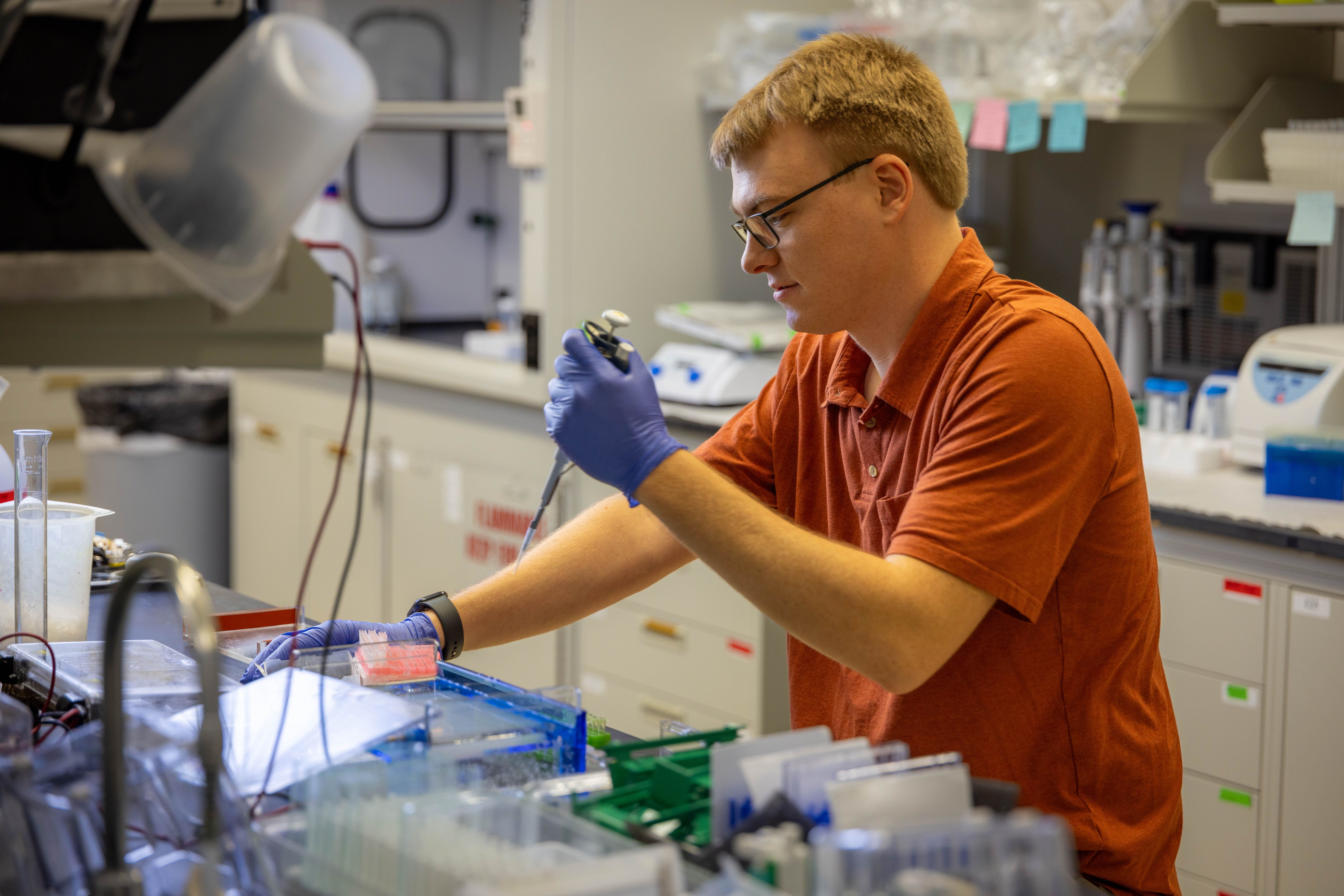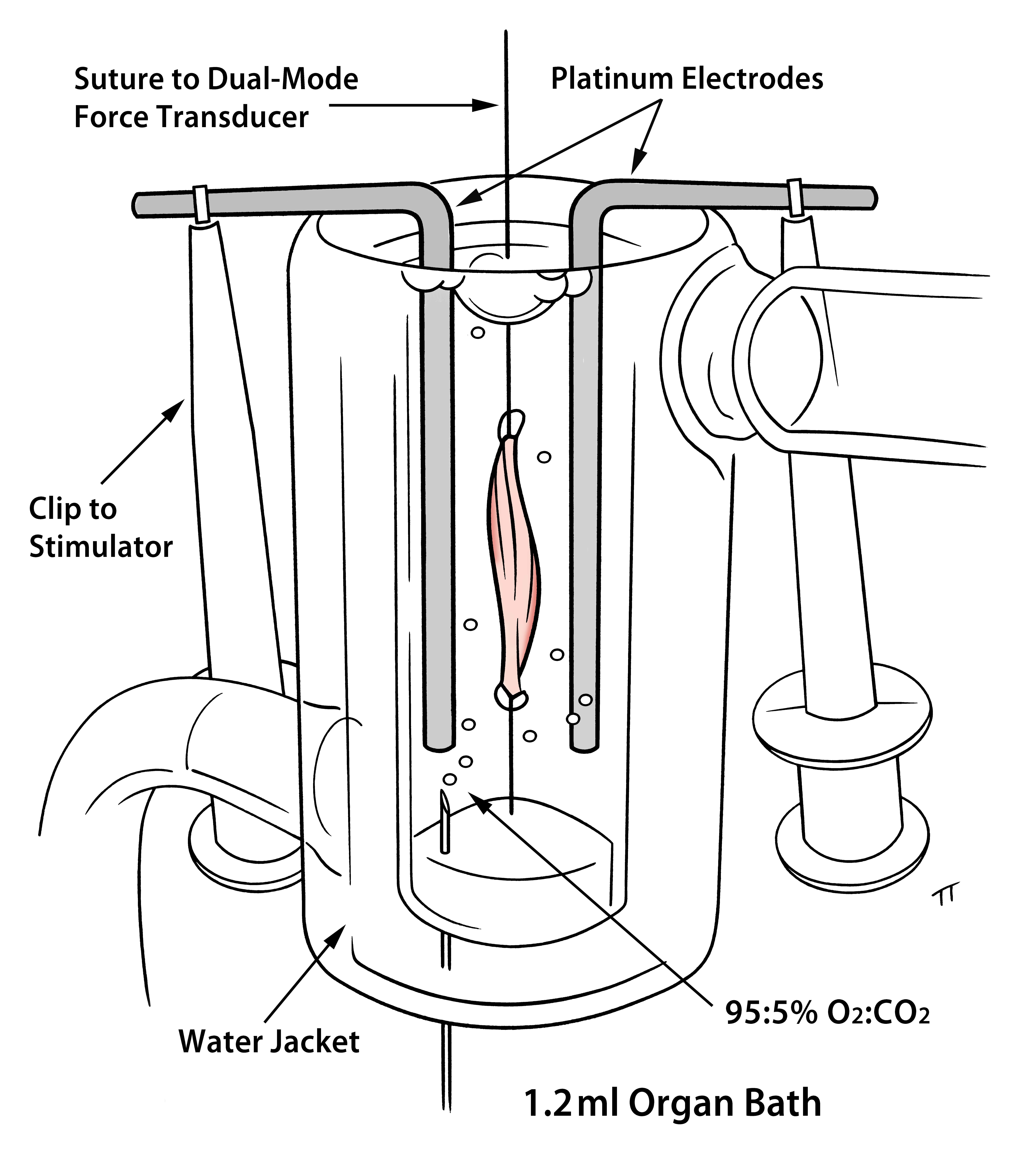
What We Do
We aim to elucidate the neuromuscular mechanisms of skeletal muscle weakness caused by aging and muscle myopathies by using mouse models that mimic/replicate frailty, muscular dystrophies, or alcohol-related myopathy. Central to this work is to determine why skeletal muscle from these specific populations may be less stress resistant, resilient, and adaptable. Moreover, how loss of these stress responses impact muscle function. Overall, we seek to improve function and health span in frail and myopathic skeletal muscle through diagnosis, treatment, and prevention efforts.
Adaptations To Exercise Training
Research Example: Figured above is a study that used RAD140, a selective androgen receptor modulator, with the goals of attenuating strength loss and enhancing strength recovery after eccentric contraction-induced injuries in young and aged mice.
Contraction-Induced Strength Loss In Dystrophic Muscle
Research Example: Figured above is a study that used several different dystrophic mouse strains to determine if maintenance of plasmalemmal excitability immediately after a bout of eccentric contractions is dependent on dystrophin expression/content.
Chronic Alcohol-Related Myopathy
Research Example: Figured above is a study that examined whether (and how) chronic ethanol consumption reduces the muscle’s strength-producing capacity using a controlled in vivo preclinical mouse model of alcohol-related tissue dysfunction.
How We Do It
We use various physiological techniques and equipment to assess muscular function in mice that includes a rotarod, treadmill, running wheels, grip strength meter, and in vivo and ex vivo muscle contractility testing. In parallel to these functional measures, the Baumann laboratory measures stress responsivity in models and conditions of muscular dystrophy, disuse atrophy, aging, hormone regulation, fatigue, and various injuries (e.g., eccentric contractions, chemical-induced).
Who We Are
The Baumann Lab is a group of researchers across a wide range of education backgrounds (e.g., exercise physiology, physical therapy, medicine) and knowledge levels (e.g., undergraduates to post-docs). We are excited about skeletal muscle physiology and love to learn more about how it works and adapts. We value an environment that promotes positivity and growth.
Our Funding Sources



















